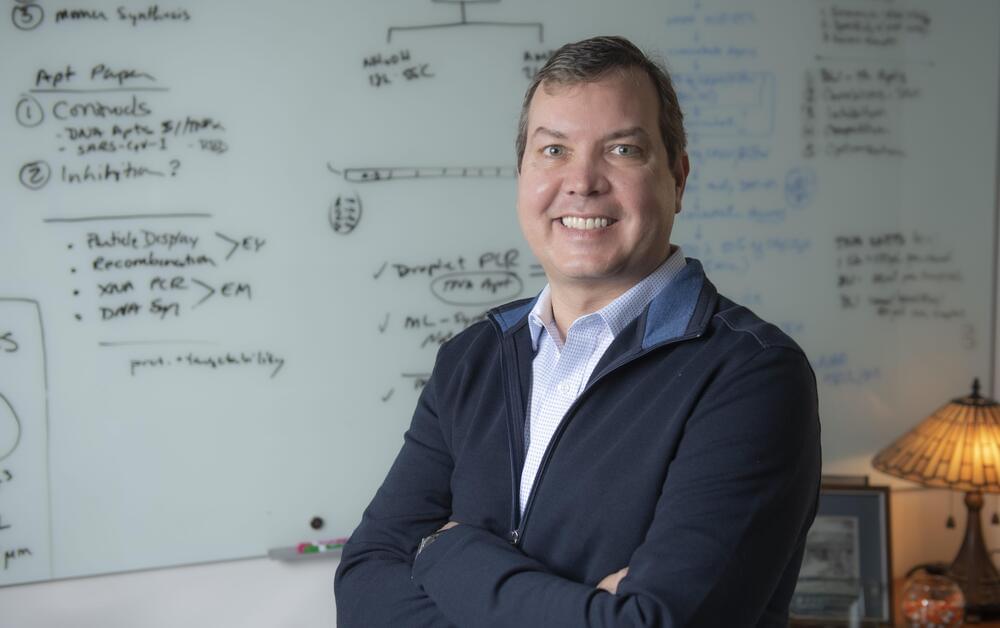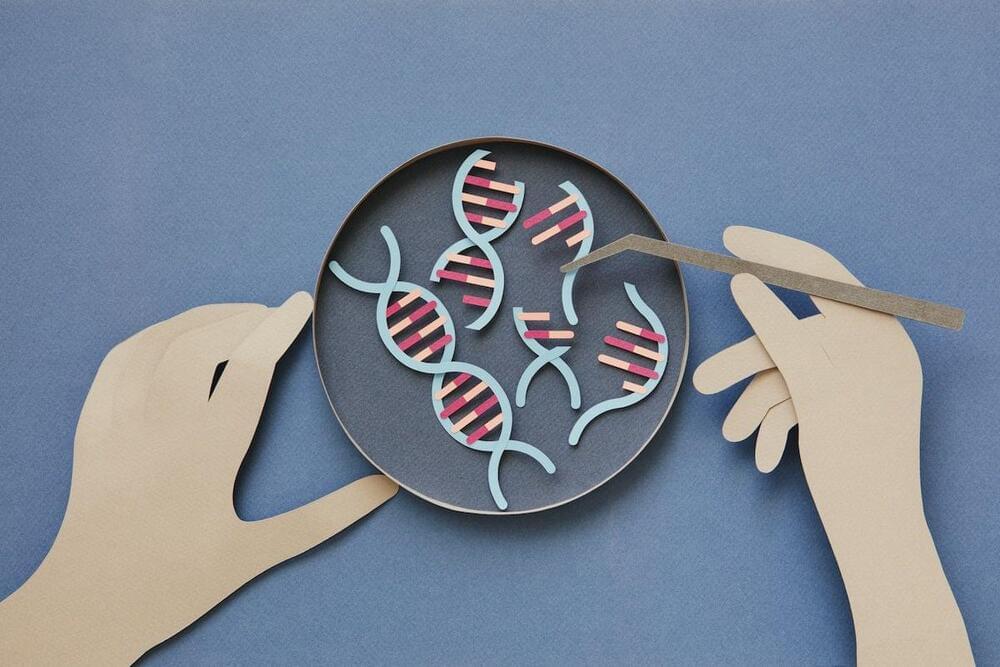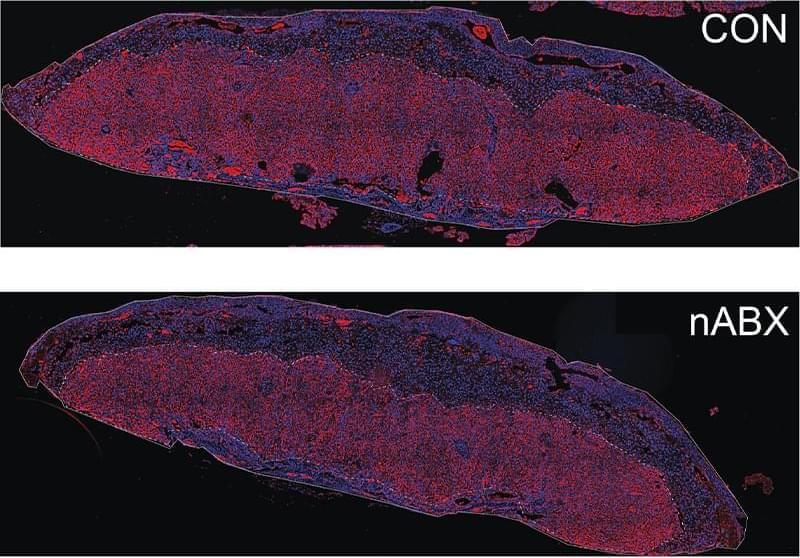Discovery advances development of new therapeutic options for cancer and other diseases. A research team led by the University of California, Irvine has engineered an efficient new enzyme that can produce a synthetic genetic material called threose nucleic acid. The ability to synthesize artificial chains of TNA, which is inherently more stable than DNA, advances the discovery of potentially more powerful, precise therapeutic options to treat cancer and autoimmune, metabolic and infectious diseases.
A paper recently published in Nature Catalysis describes how the team created an enzyme called 10–92 that achieves faithful and fast TNA synthesis, overcoming key challenges in previous enzyme design strategies.
Inching ever closer to the capability of natural DNA synthesis, the 10–92 TNA polymerase facilitates the development of future TNA drugs.





